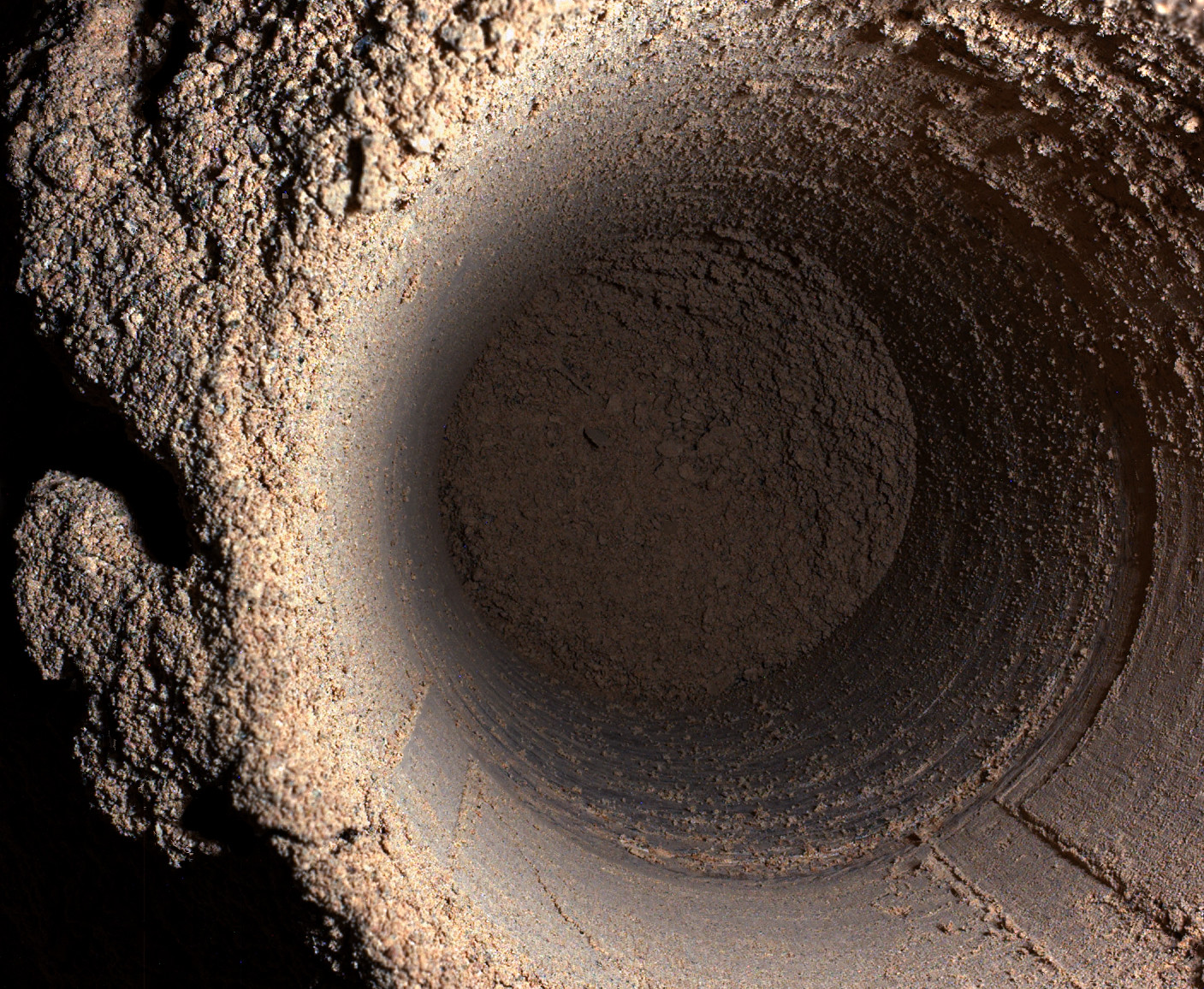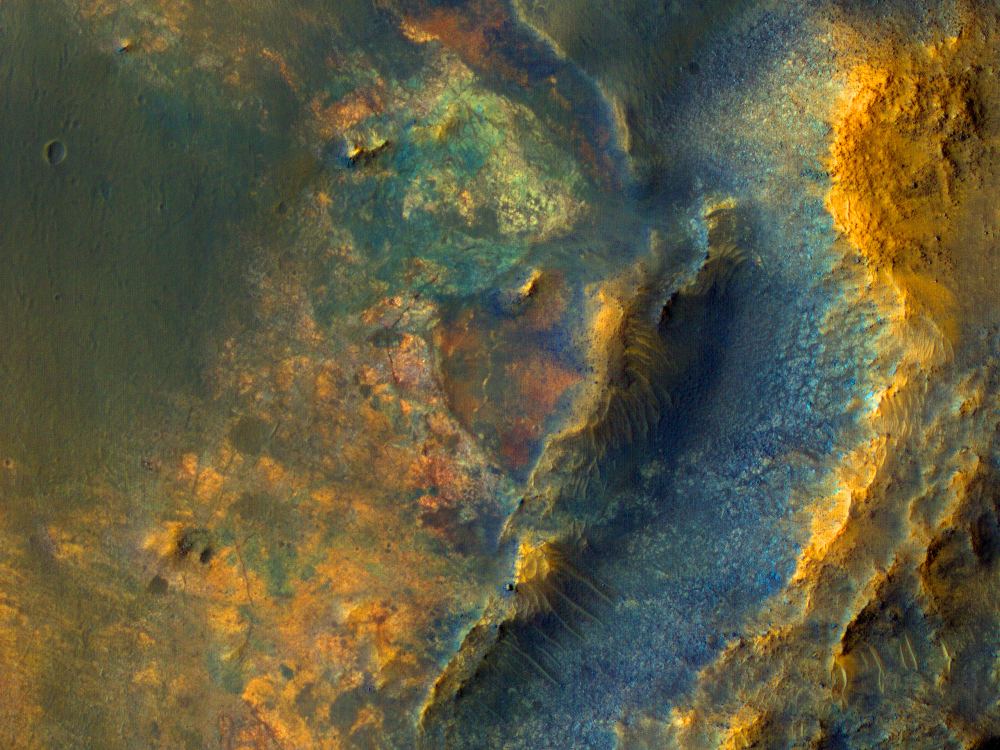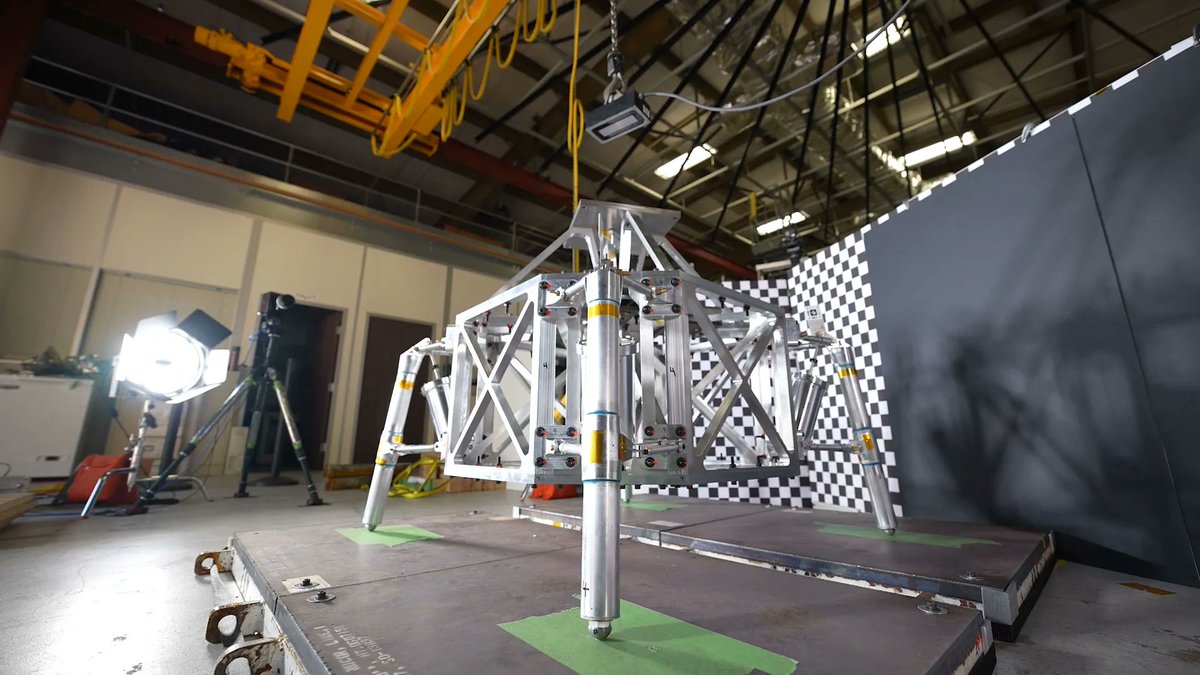One of the main jobs for the Perseverance Mars rover past few weeks has been collecting carefully selected samples of Mars rock and soil. These samples have been placed and sealed in special sample tubes and left in well-identified places so that a future sample return mission can collect them and bring the Martian samples back to Earth.
Perseverance has now dropped 10 sample tubes and to celebrate, it took a couple of selfies with several of the sample tubes visible in the designated ‘sample depot’ it is creating within an area of Jezero Crater. The area of the depot is nicknamed “Three Forks.”
Continue reading “Perseverance Takes a Selfie to Show off Some of its Samples”







